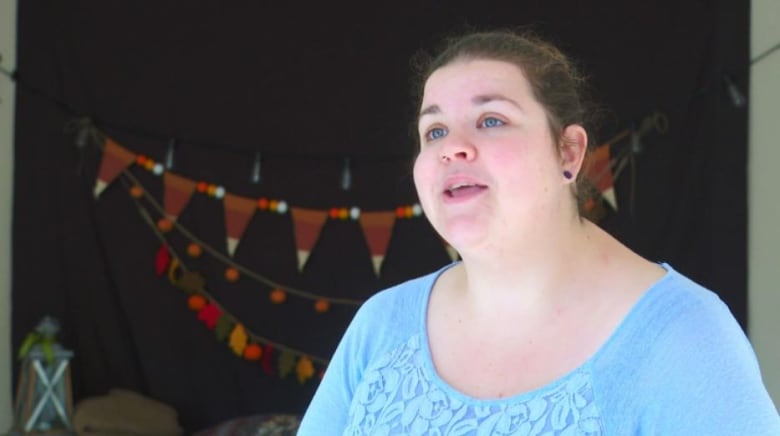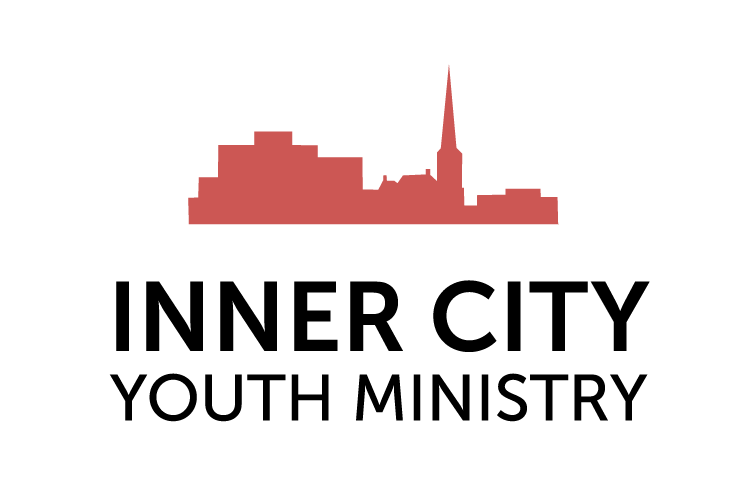Forced to suspend onsite lunches, organizers set up shop in offsite kitchens to serve inner city kids

It’s 9:30 on a weekday morning and volunteers who used to help out in Saint John’s highest priority schools are obeying the COVID directive to reduce traffic in schools by working out of a kitchen in an east-side church.
Wearing masks, they form an assembly line, with everything laid out on a long table.
One volunteer plumps out the brown paper bags. The next one drops in an apple. Today’s snacks also include sliced cucumbers, crackers, yogurt, and nutrition bars.
Other helpers are starting to prepare the next day’s menu, which means paring hundreds of carrots and cutting them into bundles of sticks that could appeal to children as young as five years old.
About an hour from now, volunteer drivers will load the meals into vans headed for Hazen White-St. Francis, Centennial, Glen Falls and St. John the Baptist – all K-5 schools located in neighbourhoods where the child poverty rate surpasses 40 per cent, according to the Human Development Council.
Organizers and educators say this food will help the children concentrate on their lessons. It will reduce their anxiety about when they might eat next and it will alleviate behavioural issues that can be triggered by hunger.

“We have students who have experienced all kinds of trauma,” said Ben Gilchrist, school community coordinator at St. John the Baptist. “We have generational poverty. We have cyclical poverty. For a lot of our kids, food security is … one of the top issues in their lives.”
This morning, it’s Gilchrist who meets the van outside the school with a cart. The cart is loaded with the lunches and it’s only Gilchrist who goes back inside, wheeling the cart around to the classrooms, dropping the lunches into baskets outside the classroom doors.
Everything is designed to reduce or eliminate points of contact to reduce the risk of spreading the coronavirus.
“It really wasn’t practicable to either prepare meals [in the schools] or serve them to students as they all have to be in classroom bubbles and even in sectional bubbles,” said Gilchrist, explaining why the school’s on-site pre-pandemic lunch program had to be suspended.
School food programs move off-site to help feed vulnerable kids
6 months ago2:27One Hub kitchen in Saint John now serves a group of inner city schools left without school lunches because of the pandemic. 2:27
Parents pay ‘capacity building fee’
Erica Lane, the community engagement coordinator for the Anglophone South School district, says families are asked to pay what they can.
In some schools, the suggested payment is five to ten dollars per month for three meals a week.
Lane calls it a capacity building fee, which helps to pay for the purchase of supplies while enabling parents to contribute to their child’s education and nutrition.
“It empowers the parent to be part of what we’re doing,” she said. “It allows parents to jump on board with us and move forward with us, instead of standing at a distance and not being part of it.”

“Some might pay two dollars a month. Some might pay two dollars a week. Some might not pay at all,” she said. “But we would never, ever turn a student away.”
Lane says whether families fill out a form or order online, there’s no way for the children to know who has paid and who hasn’t paid.
And in cases where a child is still not getting any lunch, a teacher can ask for an extra order and that’s enough for the program to provide one.
“There’s no stigma attached to receiving,” said Lane. Even as a daily precaution, extra lunches are delivered to the schools in case they’re needed.

$1.68 per brown bag lunch
One of the partners in the program is the Inner City Youth Ministry. Executive director Erin Rideout does most of the shopping.
She says she’s looking for bargains and fresh produce while also trying to figure out what kids like and what complies with policy 711, the department of education’s nutrition guideline.
At this point she says she’s got the cost down to $1.68 per brown bag lunch. She says hot lunch programs done on site could run for about $1.00 per lunch but that’s simply not possible now.
“I think a lot of students actually prefer these,” said Rideout, referring to the snack bags.
“We see less waste. These are foods that kids love and they’re easy to eat and kind of picnic style. They find it exciting — opening up that paper bag and figuring out what’s in there. And there’s a bit more choice. If we were serving lasagne and you don’t like lasagne, then you’ve lost your main meal. Here, if you don’t like the yogurt, you take it home for your mom or dad or siblings and you still have other things.”

Expansion plans
Princess Elizabeth School is expected to join the program later this month and Lane hopes the program will continue to grow at a cautious pace.
That will require more funding and new partners and more room for storage and meal preparation.
Currently, the program uses much of the main floor of the Threshold Ministries building on Mountain View Drive.
“We’re very fortunate to be able to use this site free of charge, which is amazing,” said Lane.
“However, as we move forward and increase the volume of the lunches provided, we’ll be looking for a larger site where our volunteers can move more freely.”
Rideout says the volunteers who continue to support the program, even though it’s not in their local schools, have enjoyed collaborating on a bigger project.
“We’re seeing a kind of togetherness,” she said.
“I would say COVID gave us the impetus to make some of the changes that we actually already wanted to see. We had dreamt of a hub kitchen model, which is kind of what we’re doing here, with multiple school lunches being provided in one spot and shipped off,” said Rideout.
“We anticipate other schools will be interested and we welcome that as well.”
Rachel Cave
CBC News
Read the full article here: https://www.cbc.ca/news/canada/new-brunswick/hub-kitchen-saint-john-1.5801942
